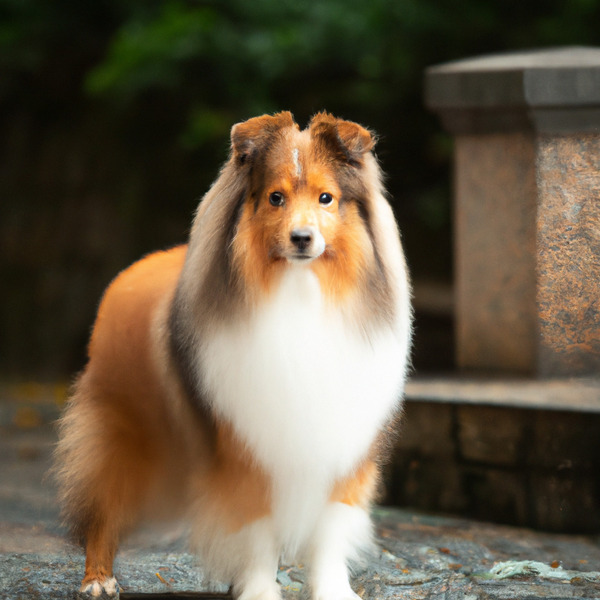Shetland Sheepdog vs. Smooth Foodle: Breed Differences and Similarities
Hypoallergenic
Are Shetland Sheepdogs or Smooth Foodles hypoallergenic, or neither?
Unfortunately, neither Shetland Sheepdog nor Smooth Foodle are hypoallergenic, which may not make them the best choice for dog lovers who suffer from pet allergies.
Temperament
What are the personalities of Shetland Sheepdog and Smooth Foodle dogs?
Affectionate
Gentle
Lively
Responsive
Friendly
Intelligent
Playful
Active
Playful
Alert
Intelligent
Affectionate
Trainable
Fearless
Faithful
Instinctual
Shedding Level
Do Shetland Sheepdogs shed more than Smooth Foodles, or which breed sheds more, Shetland Sheepdogs or Smooth Foodles?
Shetland Sheepdogs are moderate shedders, but regular brushing can reduce shedding and maintain coat health.
Smooth Foodles are low shedding dogs, requiring minimal coat care.
Origin
What is the origin of Shetland Sheepdog and Smooth Foodle dog breeds?
Scotland (Shetland Islands)
United States
Ancestry
What are the origins of Shetland Sheepdog and Smooth Foodle breeds?
collie
Poodle and Smooth Fox Terrier
Date of Birth
When were Shetland Sheepdog and Smooth Foodle breeds first developed?
1800s
2000's
Eye Color Possibilites
What are the eye colors of Shetland Sheepdog and Smooth Foodle dogs?
Blue
Brown
Brown
Nose Color Possibilites
What are the natural nose colors of Shetland Sheepdog and Smooth Foodle?
Black
Black
Coat Color Possibilites
What are the natural colors of the coat for Shetland Sheepdog and Smooth Foodle breeds?
Sable
Black
Blue
White
Black
Brown
Gray
Blue
Silver
White
Coat Length
What is the typical coat length for Shetland Sheepdog and Smooth Foodle breeds?
Shetland Sheepdogs have longer coats compared to most dogs.
Smooth Foodles have medium-length coats.
Coat Density
What is the density of the coat of Shetland Sheepdog and Smooth Foodle?
Coat Texture
What is the hair texture of Shetland Sheepdog and Smooth Foodle?
Straight
Wiry
Litter Size
What is the usual litter size for Shetland Sheepdog and Smooth Foodle?
A Shetland Sheepdog can have a litter of 12-14 puppies on average. However, it's worth noting that the size of the litters can vary greatly. Factors that can influence litter size include the health of the mother, breeding history, and genetics.
A Smooth Foodle can have a litter of 3-6 puppies on average. However, it's worth noting that the size of the litters can vary greatly. Factors that can influence litter size include the health of the mother, breeding history, and genetics.
Adaptability
Shetland Sheepdog and Smooth Foodles are known for their adaptability and versatility. They are capable of adapting well to a wide range of lifestyle changes and living environments, making them great companions for families and individuals of all lifestyles.
Health Issues
Between Shetland Sheepdog and Smooth Foodle, which breed is more prone to health problems?
Shetland Sheepdog and Smooth Foodle breeds are generally considered to be healthy. However, like all breeds, they are susceptible to certain health issues and it is important to keep an eye out for them and address them with your veterinarian as needed.
Major Concerns
What are the major health concerns for Shetland Sheepdog and Smooth Foodle breeds?
Dermatomyositis
Sensitive to Ivermectin
Patellar Luxation
Sebaceous Adenitis
Gastric Dilation Volvulus
Mitral Valve Dysplasia
Minor Concerns
What minor health issues should be kept in mind when owning Shetland Sheepdog and Smooth Foodle?
Patellar Luxation
Cataract
Progressive Retinal Atrophy
Hip Dysplasia
Collie Eye Anomaly
Deafness
Cataracts
Mono/Bilateral Cryptorchidism
Von Willebrand's Disease
Legg-Calve-Perthes Disease
Wobbler's Syndrome
Bleeding Disorder
Eye Diseases and Disorders
Canine Cushing’s Disease
Cerebellar Abiotrophy (Ataxia)
Myasthenia Gravis
Pyruvate Kinase (PK) Deficiency
Occasional Tests
What occasional tests are recommended for Shetland Sheepdog and Smooth Foodle breeds?
Eye
Hip
Hearing
Blood Test
Hip X-Rays
Dna For Vwd
Eye Examination
Physical Examination
Brain Auditory Evoked Response (BAER)
Internal Imaging (x-ray, CT scan, MRI, etc.)
Blood And Urine Analysis
Ear Tests and Myringotomy Tests
Yearly Physical Examination
Various Blood Testing Modalities
Eye Examinations (both internal as well as external)
X-rays of various parts of the skeletal system
Dental and Oral Examinations
Echocardiography (ultrasound)
Social Needs
Shetland Sheepdog vs Smooth Foodle social needs comparison
Shetland Sheepdog has above average social needs and thrives with interaction with humans and other dogs.
Smooth Foodle has very high social needs and requires regular mental and physical stimulation, a job or purpose, and companionship.
Sleeping Need
Which of the two sleeps the most/least: Shetland Sheepdog or Smooth Foodle?
Shetland Sheepdog and Smooth Foodle dogs tend to sleep less than some other breeds, but it's still important for them to get adequate sleep in order to maintain good health.
Mouthiness
Mouthiness Comparison: Shetland Sheepdog vs Smooth Foodle?
Roaming urge
Shetland Sheepdog vs Labrador: Running away tendency?
Prey Drive
Shetland Sheepdog or Smooth Foodle - which breed has a higher level of prey drive?
Activity Level
Which breed has higher energy, Shetland Sheepdogs or Smooth Foodles?
Shetland Sheepdogs are medium-energy dogs and typically enjoy socializing and playing casual or even sustained games of chase with other dogs. They may also have occasional periods of barking or racing around the house.
Smooth Foodles are high-energy dogs. They need mental as well as physical exercise. These dogs require a lot of your involvement and without it they can, and will, become problematic dogs.
Tolerance of being left alone
Walks per Week
How many miles should Shetland Sheepdog or Smooth Foodle walk each week?
There's really no limit to how far you walk your dog as long as they're comfortable. For Shetland Sheepdog, it's at least 8 miles / week. Just remember to build distance and stamina gradually over time.
There's really no limit to how far you walk your dog as long as they're comfortable. For Smooth Foodle, it's at least 10 miles / week. Just remember to build distance and stamina gradually over time.
Activity per Day
Do Shetland Sheepdogs or Smooth Foodles require more exercise?
In general most Shetland Sheepdogs usually need at least 45 minutes of exercise daily. This can be spread across the day and include all sorts of high-energy activities, like walking, running and playing.
In general most Smooth Foodles usually need at least 90 minutes of exercise daily. This can be spread across the day and include all sorts of high-energy activities, like walking, running and playing.
Grooming
Which breed is easier to maintain in terms of grooming, Shetland Sheepdogs or Smooth Foodles?
Shetland Sheepdogs have high grooming needs, requiring regular trims and professional grooming assistance to keep their coat healthy.
Smooth Foodles require significant grooming, including regular trims and professional grooming assistance to maintain their coat. They may also require frequent bathing to keep their coat and skin healthy.
Brushing Frequency
What is the recommended brushing frequency for Shetland Sheepdog and Smooth Foodle dogs?
Shetland Sheepdog and Smooth Foodle should be brushed at least once a week. Of course, you can give them more frequent brushes if you find that they are still shedding a lot.
Brushing Tools
What brushing tools are used for Shetland Sheepdogs and Smooth Foodles?
Pin Brush
Dematter
Comb
Nail Clipper
Pin Brush
Deshedder
Nail Clipper
Cups
How much food should be given to Shetland Sheepdog or Smooth Foodle in cups?
Shetland Sheepdog and Smooth Foodle share the same recommended daily food intake of 2 cups, although the appropriate quantity may vary depending on the quality and nutritional content of their food.
Daily Cost
Which breed has a higher daily cost, Shetland Sheepdog or Smooth Foodle?
Shetland Sheepdog and Smooth Foodle have a similar average daily cost of around $1.70 - $2.00.
Monthly Cost
Which breed has a higher monthly cost, Shetland Sheepdog or Smooth Foodle?
When it comes to monthly expenses, both Shetland Sheepdog and Smooth Foodle have a similar average cost, ranging from $48 - $63. This results in an average yearly cost of around $576 - $756.
Sensitivity Level
How do Shetland Sheepdog and Smooth Foodle compare in sensitivity?
This breed is sensitive to its environment and best suited for patient and understanding families with a consistent routine.
This breed is sensitive and requires gentle handling and a calm home environment.
Apartment Friendly
Which breed is more apartment-friendly: Shetland Sheepdog or Smooth Foodle?
Shetland Sheepdogs can do well in apartments with enough exercise and time outside, but a small yard would be ideal.
The Smooth Foodle is a great apartment dog, thriving with sufficient exercise and time outside as part of their daily routine.
Child Friendly
Do Shetland Sheepdogs or Smooth Foodles have a friendlier temperament towards children?
Shetland Sheepdogs are good with kids if socialized and trained from a young age.
Smooth Foodles make excellent family pets for kids due to their gentle, protective nature and calm temperament.
Senior-friendly
Which dog is more suitable as a pet for the elderly - Shetland Sheepdog or Smooth Foodle?
Cat Friendly
Do Shetland Sheepdog or Smooth Foodle breeds have a better compatibility with cats?
Shetland Sheepdogs are very friendly with cats and make great companions for them.
Smooth Foodles are average in their friendliness toward cats and tend to do well with them, especially if raised together.
Dog Friendly
Which breed is more sociable with other dogs: Shetland Sheepdog or Smooth Foodle?
Shetland Sheepdogs are friendly and active companions, and can be good family pets, though their friendliness towards other dogs may vary.
Smooth Foodles are average in their friendliness towards other dogs, and socialization can help.
Pet friendly
How do Shetland Sheepdog or Smooth Foodle dogs interact with other pets?
Stranger Friendly
Which breed is more friendly with strangers: Shetland Sheepdog or Smooth Foodle?
Shetland Sheepdogs are quick to announce strangers and can be standoffish or suspicious.
Smooth Foodles are averagely friendly around strangers but benefit from early socialisation.
Playfulness
Which breed is more playful between Shetland Sheepdog and Smooth Foodle?
Shetland Sheepdogs have an average level of playfulness, enjoying playtime like most dogs but not excessively so.
Smooth Foodles are very playful, so adopting an older one might be a better option for a more relaxed experience.
Trainability
How do the trainability levels of Shetland Sheepdogs and Smooth Foodles compare?
Shetland Sheepdogs are usually easy to train but require consistency to fully obey commands.
Smooth Foodles are popular for their ease of training and quick learning ability.
Compare Shetland Sheepdog with other breeds
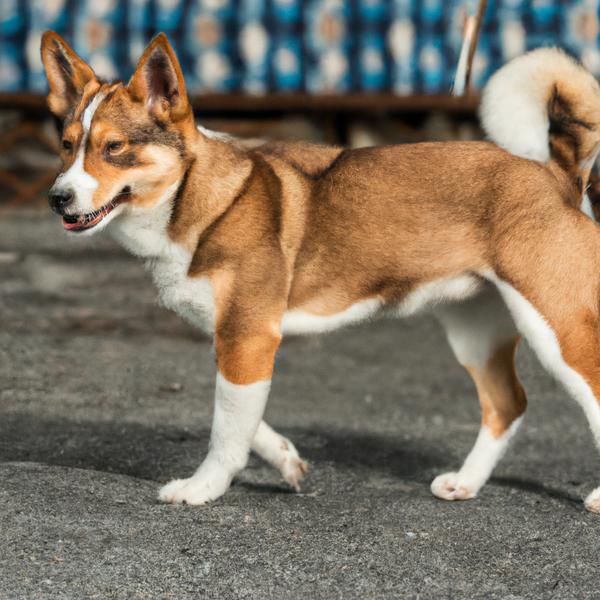
Norwegian Lundehund
Shetland Sheepdog vs Norwegian Lundehund
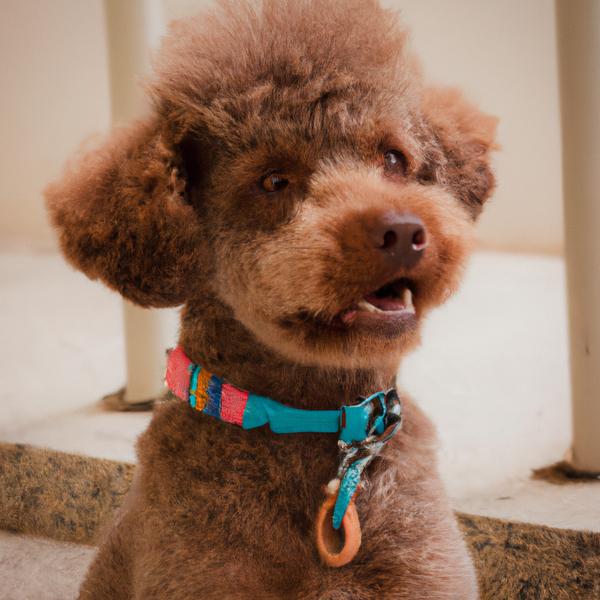
Smooth Foodle
Shetland Sheepdog vs Smooth Foodle
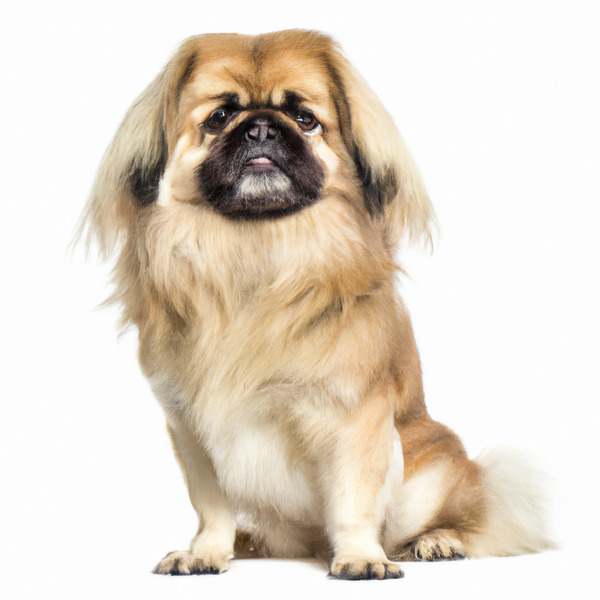
Tibetan Spaniel
Shetland Sheepdog vs Tibetan Spaniel

Deutsch Drahthaar
Shetland Sheepdog vs Deutsch Drahthaar
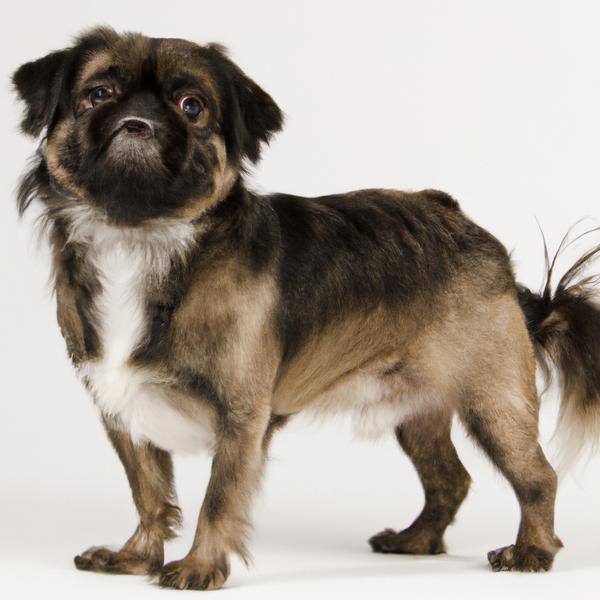
Pug-Zu
Shetland Sheepdog vs Pug-Zu
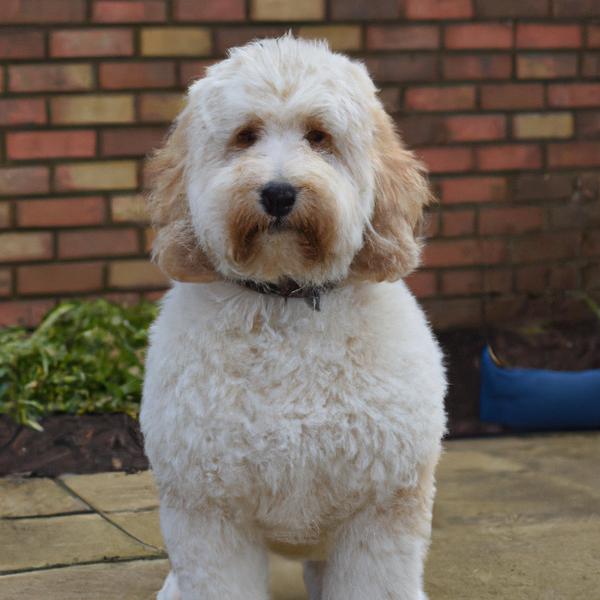
English Boodle
Shetland Sheepdog vs English Boodle
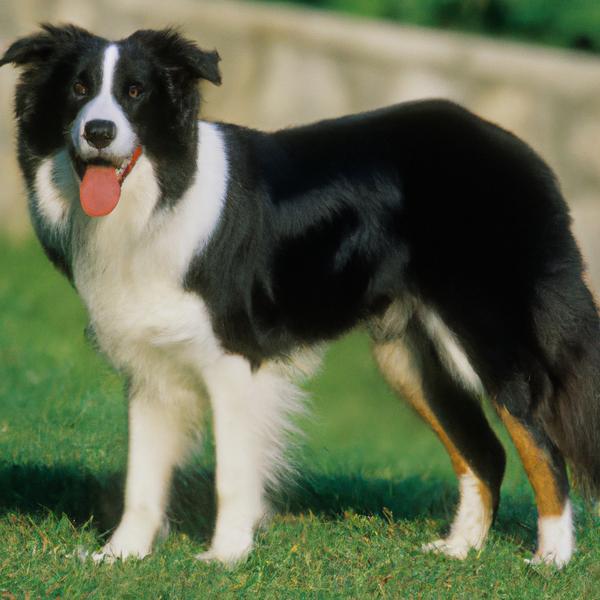
Border Collie Bernard
Shetland Sheepdog vs Border Collie Bernard
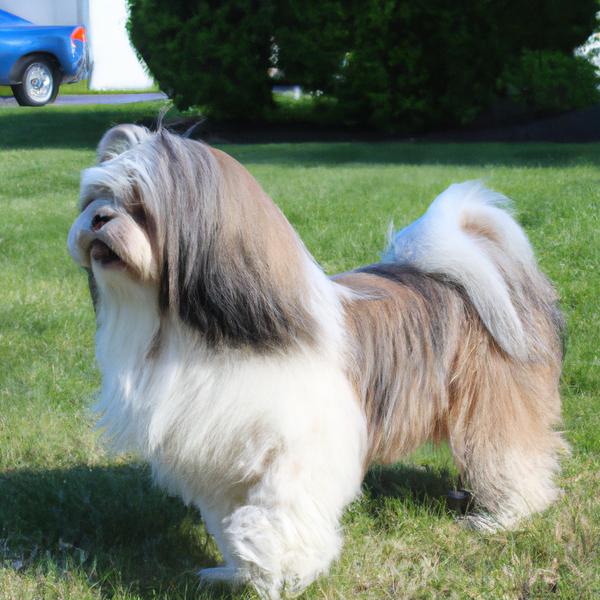
Sheltie Tzu
Shetland Sheepdog vs Sheltie Tzu
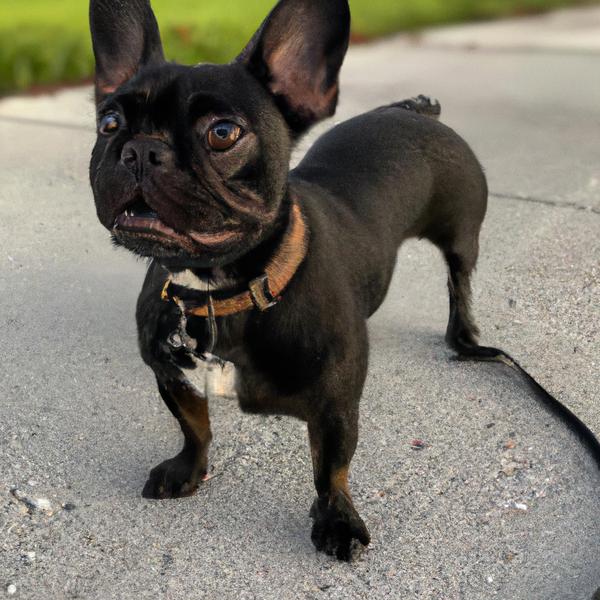
French Bull Weiner
Shetland Sheepdog vs French Bull Weiner
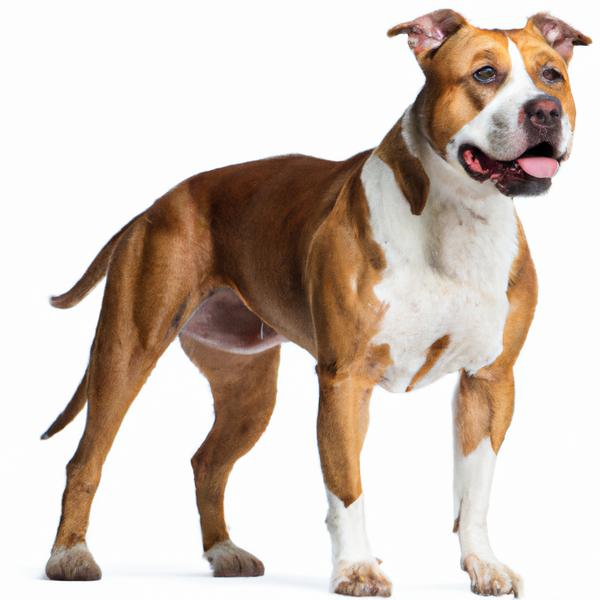
American Staffordshire Terrier
Shetland Sheepdog vs American Staffordshire Terrier
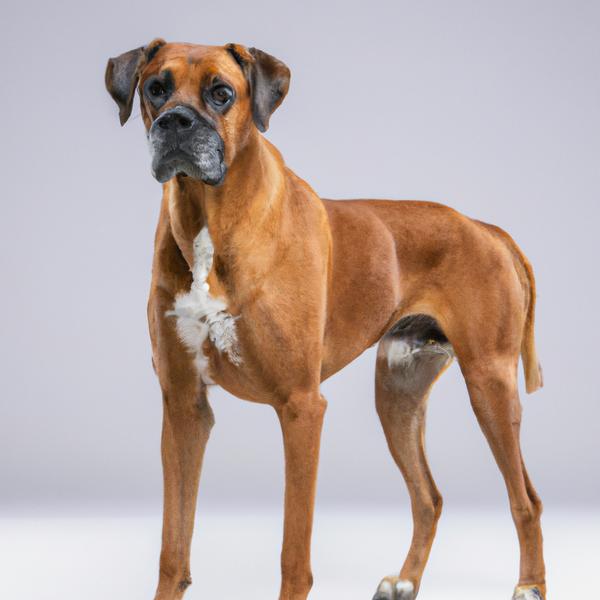
Rhodesian Boxer
Shetland Sheepdog vs Rhodesian Boxer
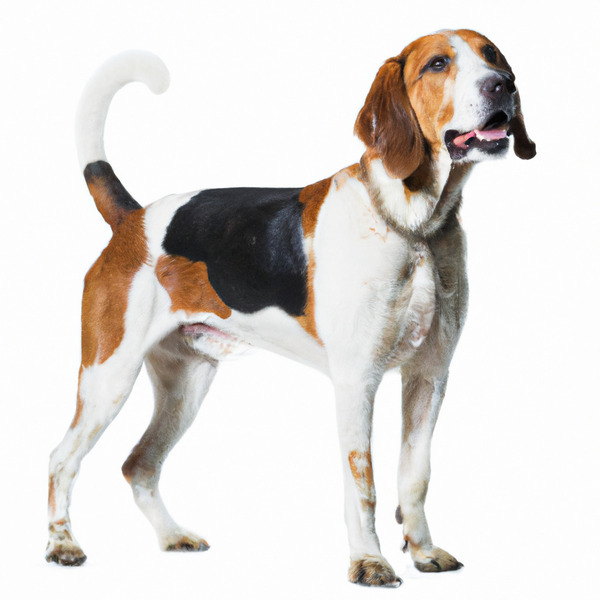
American Foxhound
Shetland Sheepdog vs American Foxhound
